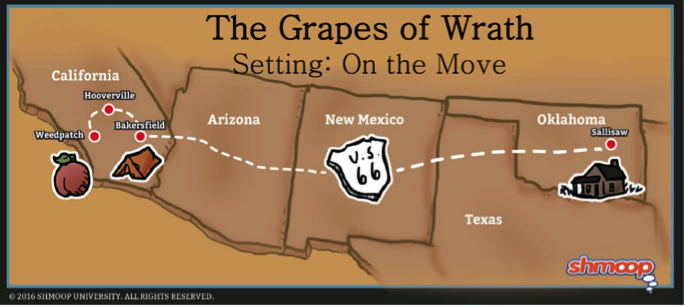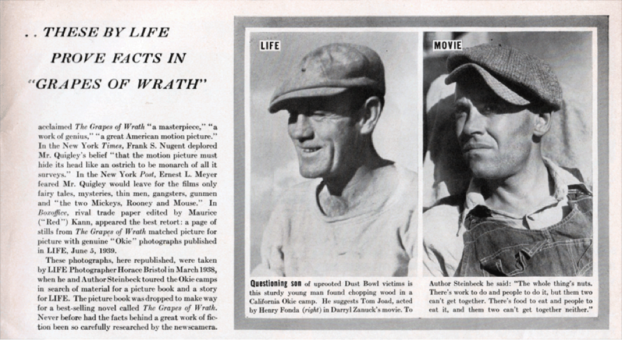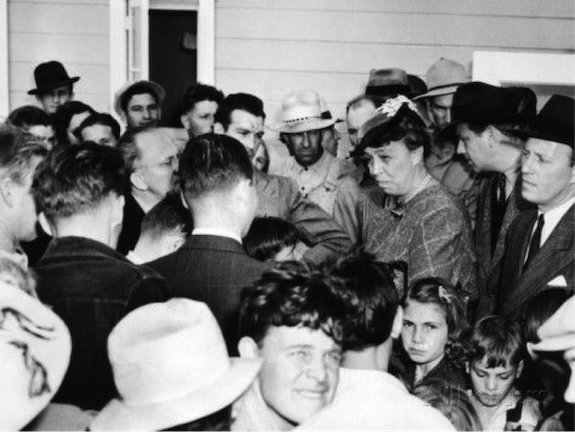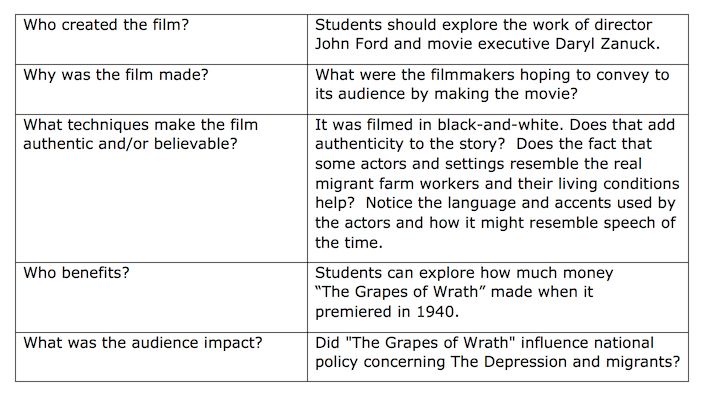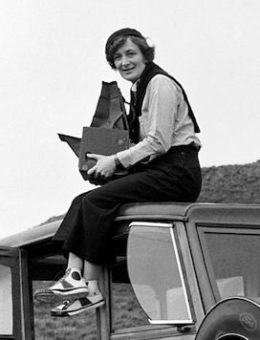Teaching Media Literacy: “The Grapes of Wrath”
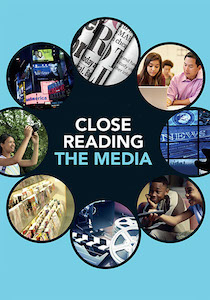
As a media educator and workshop presenter, I often look for ways to engage teachers and students with movies that have been adapted from books frequently read in schools. The Grapes of Wrath is one of them. I like to explore how images and film from this time period can both capture student attention and lead to critical understanding.
I was mesmerized the other night when the classic The Grapes of Wrath was rebroadcast on the TCM cable channel. The black-and-white images boldly tell the story of the Joad family’s forced move from Oklahoma to California.
The Dust Bowl, and the fact that many farm properties had been sold right beneath them, forced thousands to seek new opportunities out West. So they began the arduous journey to what they hoped would be new lives and new opportunities. The motion picture accurately portrays their move, their struggles, their worries, and the conflicts along the way.
In 1939, after the novel was published, there was considerable criticism that challenged the accuracy of the migrant’s lives and living conditions. That criticism was only amplified when the film was released a short time later.
As if to try to satisfy critics, LIFE Magazine took great pains to dispel the criticism. In a feature titled “Speaking of Pictures” LIFE compared photos taken by a photographer at a migrant camp with corresponding images from the movie set. Readers could see that people, cars and even tents in the real camps were carefully recreated by the film’s production designers.
The film, adapted from the novel by John Steinbeck, is still seen by many middle and high school students as they study the Great Depression and consider the implications of displaced persons, poverty and our responsibilities to help those less fortunate than ourselves.
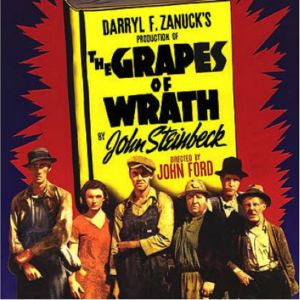
Bristol was one of a dozen or more photographers hired to document conditions as part of the Farm Security Administration (FSA). (It is his images that LIFE magazine published and were also used as references when casting the film.) Steinbeck and Bristol had planned a book that would have featured images and words, but Steinbeck later turned away from the idea.
FSA photography was used by President Franklin Roosevelt to persuade lawmakers to support his New Deal legislation. Students familiar with this time period may even have seen the “Migrant Mother” photo, the iconic image of a mother and her children taken by another FSA photographer, Dorothea Lange, and published in newspapers. When readers learned of the starving mother and her children, they petitioned the government to send food aid to the California migrant camps.
First Lady Eleanor Roosevelt visited a California camp in 1940 and even testified in Congress about the conditions. Mrs. Roosevelt wrote a daily newspaper column titled “My Day.” Students could read two of her columns dated April 4 and 5, 1940. In one column she writes: “There were young women with their children and women who looked old before their time. But it seemed to me that there was a universal effort to make life as decent as possible under appallingly difficult circumstances.”
Media, Visual & Film Literacy
The new literacies associated with television and streaming media, visual arts, and film encourage educators to go deeper into these kinds of non-traditional texts.
As I have written about previously, media literacy encourages our students to consider critical thinking questions. These questions can be applied to the film The Grapes of Wrath. For example:
 Visual literacy
Visual literacy
Images in the film should remind students of Dust Bowl and migrant labor photos from that time period.
Have students choose a photo, taken by any one of a number of FSA photographers, and task them with conducting a “close read” of the image. How do photos “speak” to us? Where do they get their power?
One interesting activity might be to have students learn more about the history of photojournalist Dorothea Lange’s Migrant Mother images. This lesson plan at the Annenberg Learner site tells the story and includes background about an ongoing controversy: Did Lange pose the pictures of the family (she apparently did) and is that acceptable or deceptive? Let students weigh the pros and cons and perhaps look for analogies in today’s media world.
Film literacy
Lighting is a central technique used in The Grapes of Wrath film. Many of the scenes occur at night. How does lighting convey emotion, atmosphere and mood?
Download the screenplay from the film, found here. Have students read any one of a number of scenes and ask them what message the screenwriter is trying to convey. For example, play the closing scene, where Tom says goodbye to his mother, with a stirring and memorable speech, found here. Discuss the power, meaning and emotion in this scene. Students can also work in groups to “storyboard” a scene from the script – and then compare their boards with the actual scene in the film.
Director John Ford and actress Jane Darwell both won Academy Awards for their work. Have students pay attention to both film direction and acting as they watch the movie. (Henry Fonda was nominated for Best Actor but didn’t win. In fact, despite his lauded movie career, his first Oscar came at the very end, for On Golden Pond in 1982.)
Further Exploration
Migrant workers and their living conditions are still issues today in many states. Journalist Edward R Murrow produced the documentary Harvest of Shame in 1960 (almost 60 years ago) making note of how little had changed. (The entire documentary can watched online.) What are conditions like today?
How much do your students know about migrant farm workers in your state? Challenge them to explore the important role migrant workers play and how many of them are immigrants.
The story explored in both the novel and film The Grapes of Wrath resonate with us even today. The powerful story of the Joads is still popular in middle schools some 78 years later.
Using media, visual and film literacy, educators can engage students in literacy beyond print. The lessons they learn from these explorations may last a lifetime.
Recommended Resources
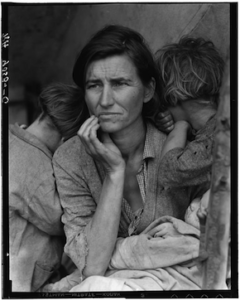
FSA caption: “Nipomo, Calif. Mar. 1936. Migrant agricultural worker’s family. Seven hungry children. Mother aged 32, the father is a native Californian. Destitute in a pea pickers camp, because of the failure of the early pea crop. These people had just sold their tent in order to buy food. Most of the 2,500 people in this camp were destitute.” (Source)
► The Depression, The New Deal and The Media (PDF – lesson plans)
► From Steinbeck to Springsteen (How The Grapes of Wrath impacted music and pop culture)
► FSA Photography & The 1930s (PDF Image Collection – online professional development)
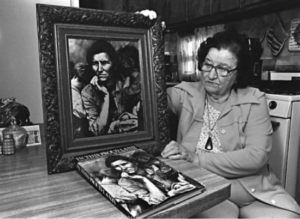
Florence Thompson Castle with Dorothea Lange’s portrait of her as “Migrant Mother” (Source)
► Dorothea Lange’s Migrant Mother Photographs in the FSA Collection: An Overview (The Library of Congress)
► Migrant Mother (Captured History, Capstone Press)
► Migrant Workers Through the Lens of Dorothea Lange (Lesson Plans – ArtsEdge – Kennedy Center)
► The Dust Bowl (film by Ken Burns/PBS – includes extensive photo gallery)
► The Grapes of Wrath Screenplay (by Nunnally Johnson – undated draft – some adult content)
► The Reading Through History Video Series (these short videos, written by a pair of Oklahoma teachers, provide lesson starters for the Great Depression, the Dust Bowl, and the Okie migration, and include a feature on Steinbeck’s The Grapes of Wrath.)
___________________
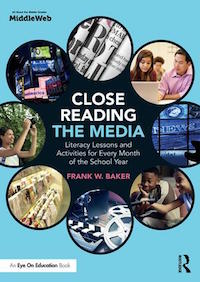
Baker maintains the Media Literacy Clearinghouse (www.frankwbaker.com) named as one of the Top Free Best 100 Web Sites of 2017. He can be reached at fbaker1346@gmail.com and via Twitter @fbaker.

